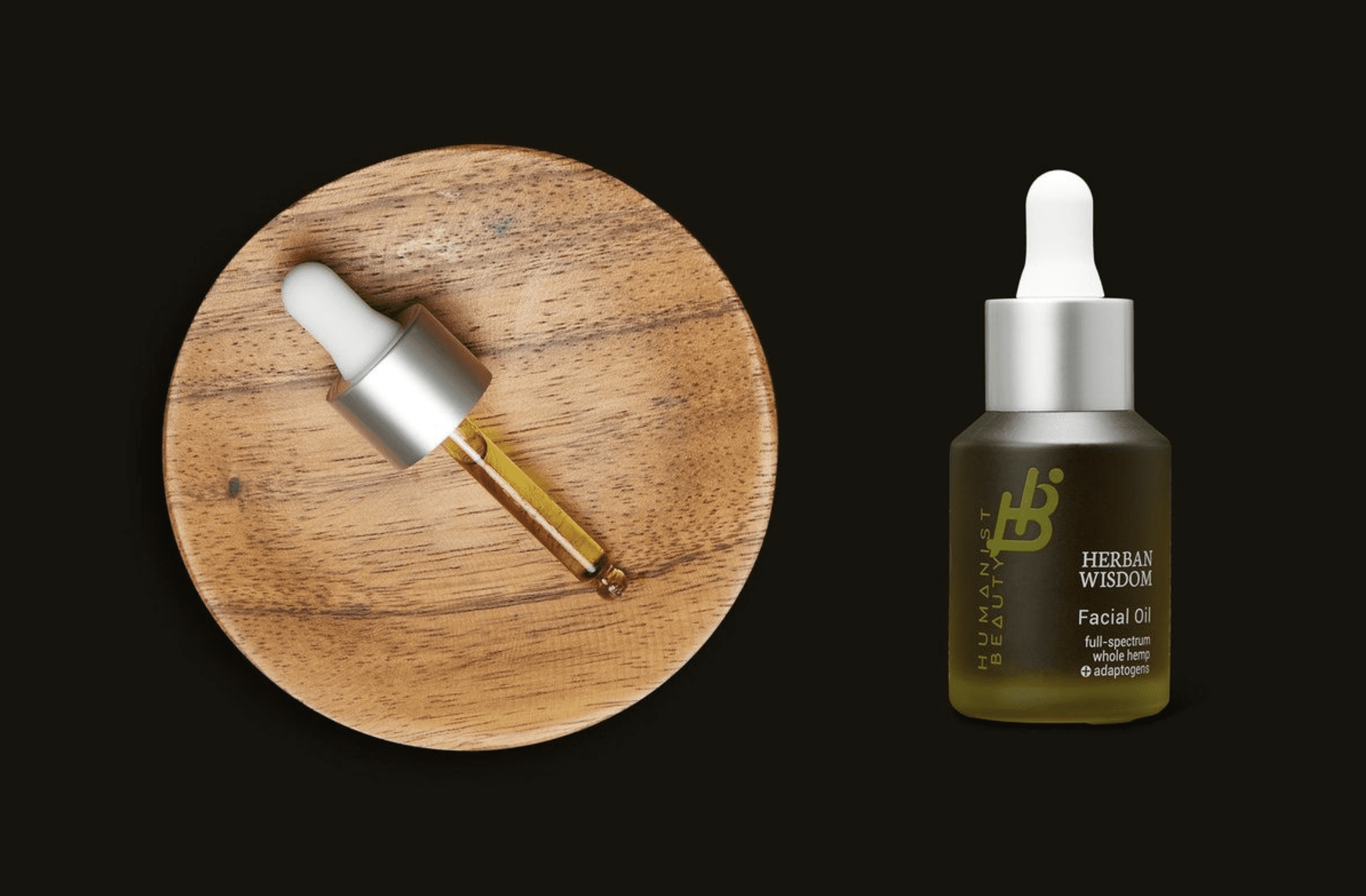Benefits of Essential Oils
Essential oils are often used in aromatherapy, which is a form of alternative medicine that employs plant extracts to support health and well-being, but they can also be found in a plethora of skincare products. Essential oils are compounds extracted from plants and are usually obtained through distillation (via steam and/or water) or with mechanical methods such as cold pressing. Once the aromatic chemicals have been extracted, they are combined with a carrier oil to create a product that’s ready for use. However, the way the oils are made is important, as essential oils obtained through chemical processes are not considered true essential oils. There are a multitude of different essential oils, and each possesses different characteristics and benefits. However, some of the health claims associated with essential oils are controversial.
How Essential Oils Differ From Extracts
Oils that are extracted from the aromatic parts of plants like leaves, roots, and flowers are known as essential oils. When plant materials are soaked in liquids such as water or aqueous solutions for a longer period to infuse their flavors and aroma to the liquid, then they are called extracts. Essential oils are mostly used in skincare and aromatherapy while plant extracts are commonly used in cooking and perfumes.
Six major differences between essential oils and plant extracts are:
- Essential oils are the concentrated, volatile, aromatic compounds of a plant that are usually extracted through distillation. Plant extracts, on the other hand, tend to be a type of infusion or tincture.
- Essential oils require the proper environment, equipment, and machinery.
- Essential oils are pure, whereas an extract is a diluted version.
- More benefits come from the use of essential oils than extracts. For example, while grapefruit essential oil and extract can both give similar aromatherapy results, in skincare, the essential oil will deliver more benefits than the extract form.
- Some plants don’t produce useful essential oils, but their extracts can be widely collected and used.
- Essential oil preparation requires a lot of plant material while producing extracts does not require as much.

Pictured: Essential Oil Extraction Method Source: New Directions Aromatics
The History of Essential Oil Usage Throughout Cultures
Essential oils, or aromatic oils as they were once called, have been used by nearly every culture around the world well before the advent of written history. Their uses varied from religious purposes to healing the sick. It’s difficult to pinpoint exactly when essential oils gained notoriety as effective healing agents, but eventually, the knowledge of essential oils spread throughout the globe.
Lascaux Cave: Earliest Evidence
The earliest evidence of the healing properties of plants was found in Lascaux, which is located in the Dordogne region in France. There, cave paintings suggest the use of medicinal plants in everyday life that have been carbon-dated back as far as 18,000 B.C.E.1

Pictured: Lascaux Cave Today Source: World History
Egypt
Evidence has shown that the Egyptians used aromatic oils as early as 4500 B.C.E. Commonly, oils and pastes from plants were transformed into pills, powders, suppositories, medicinal cakes, and ointments. At the height of Egypt’s power, though, priests were the only authorities allowed to use aromatic oils, as they were regarded as necessary to be one with the gods. Specific fragrances were dedicated to each deity and their statuses were anointed with these oils by their followers. Being viewed as gods in the flesh, pharaohs also had their own special blends for meditation, love, war, and so on, and they were commonly buried with jars of essential oils.2

Source: Fresh Start Nutrition
China
The ancient Chinese are believed to have been masters of the use of aromatic plants for healing. Some even speculate that the Chinese may have begun studying aromatics and essential oils at the same time the Egyptians did, or even before. The oldest surviving medicinal text is “Pen T’Sao Kang Mu,” which is believed to have been written by Emperor Shen Nung around 2500 B.C.E. and contains information on the medicinal usage of over 365 plants. He is said to have discovered tea and is acclaimed to be the father of Traditional Chinese Medicine. Many Chinese aromatherapists believed that extracting the plant’s fragrance represented freeing the plant’s soul.3

Pictured: Emperor Shen Nung Source: U.S. National Library of Medicine
India
Essential oils are a core element of the Ayurvedic health care system, which has been practiced for at least 4,000 years and is still widely practiced in India today. One main principle in Ayurveda is aromatic massage with many records of Indian doctors administering cinnamon, ginger, myrrh, coriander, spikenard, and sandalwood essential oils as elixirs to their patients. The Vedas, India’s most sacred text, mentions over 700 herbs and aromatics codifying the uses for religious and therapeutic purposes. Basil, for example, is believed to open the heart and mind, bestowing the energy of love and devotion, while also strengthening faith, compassion, and clarity.4

Source: Keya Seth Aromatherapy
Arabia
Between 1000 B.C.E and 400 B.C.E, Arabia was the center of a lucrative spice trade route. During this time, frankincense was by far the biggest trade commodity and brought great wealth to Arabia. The Arabians were also credited with being the first to discover steam distillation as a method of extracting essential oils. Abu Ali al-Husain Ibn Abd Allah Ibn Sina, more commonly known as Avicenna, was the inventor of this method. With the invention of steam ventilation, the use of essential oils quickly spread throughout other parts of the world.5

Pictured: Avicenna Source: Tons of Facts
Common Essential Oils and Their Benefits
Essential oils have many benefits depending on which scent you choose. With more than 90 types of essential oils, discovering and learning the benefits of each will help you find your perfect match.
Here are a few common essential oils, along with their scent profile and uses in aromatherapy and skincare:
| Essential Oil | Photo | Scent Profile | Uses/Benefits |
| Peru Balsam | 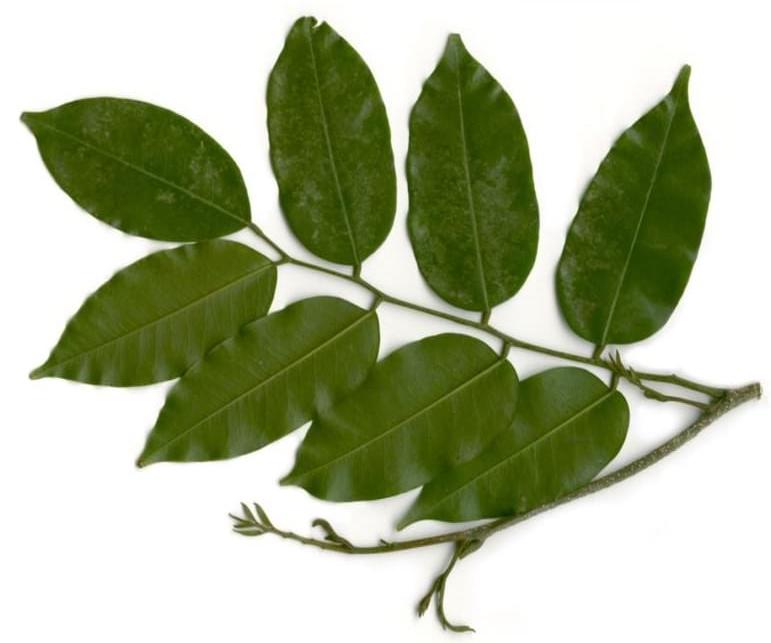 |
Rich and sweet like vanilla | Commonly used for hydration, to clear airways, and support mental awareness |
| Bergamot | 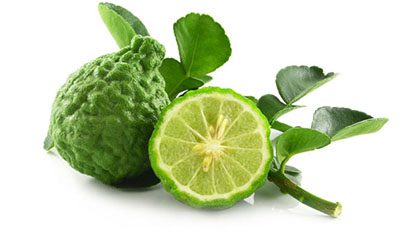 |
Pungent, fresh, and green | Commonly used for relaxation and the digestive system |
| Chamomile |  |
Herbal, sweet, and fresh | Commonly used to help with digestion, anxiety, depression, digestive issues, and wound healing |
| Clary Sage | 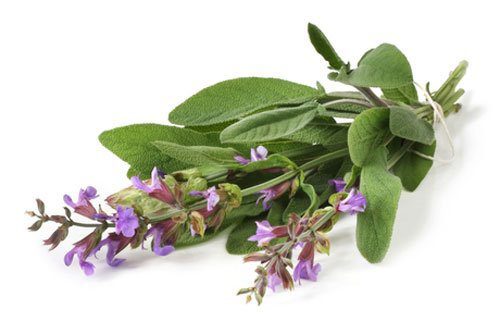 |
A bittersweet floral | Known to be relaxing, calming, warming, and stress relieving |
| Cedarwood | 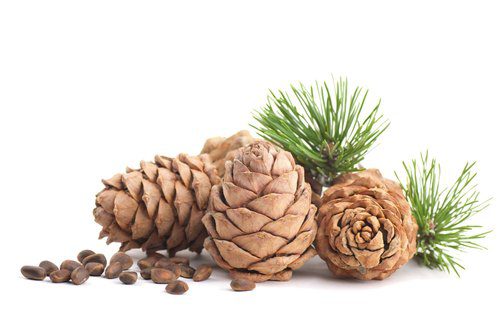 |
Thick and woody | Known to be calming and stress relieving, aids with restful sleep, the circulatory system, and clear airways. |
| Cinnamon Leaf |  |
Spicy and sugary cinnamon with musky undertones | Known to be revitalizing, refreshing, and warming |
| Geranium |  |
Very herbal with mint undertones | Known to be relaxing, calming, and mood improving |
| Ginger |  |
Fresh, woody, and spicy | Commonly used to improve the digestive system |
| Grapefruit | 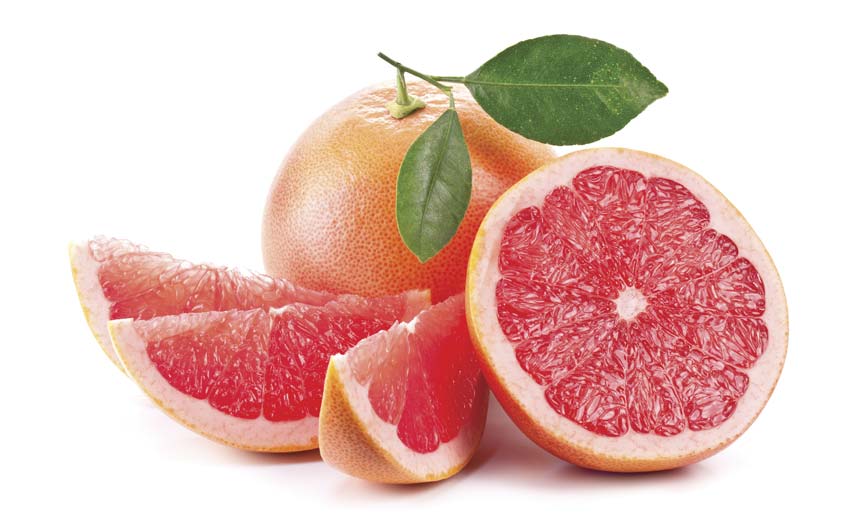 |
Fresh and fruity with a light tang | Known to be refreshing and detoxifying along with being an astringent |
| Jasmine |  |
Rich, sweet, and sensual | Known to have anti-inflammatory and antiseptic properties that are beneficial for treating skin infections |
| Lavender |  |
Herbal and lightly floral | Commonly used for restful sleep and mood improvement, also known to soothe sun-damaged skin |
| Lemon |  |
Light and sharp citrus, sweet, and tangy | Known to clarify and uplift, also an astringent |
| Lemongrass | 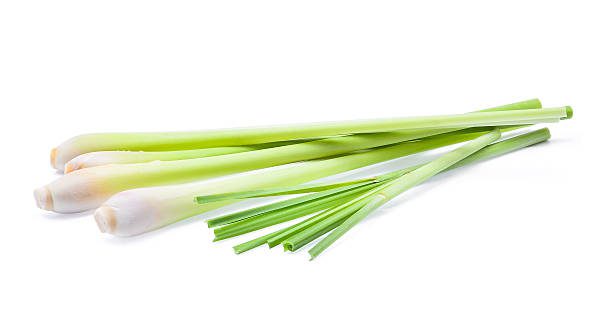 |
A medium citrus with a strong herbal base | Known to be clarifying and aid in mental cleansing |
| Patchouli |  |
Warm and earthy, heavy and fruit-like tones | Commonly used for relaxation |
| Peppermint | 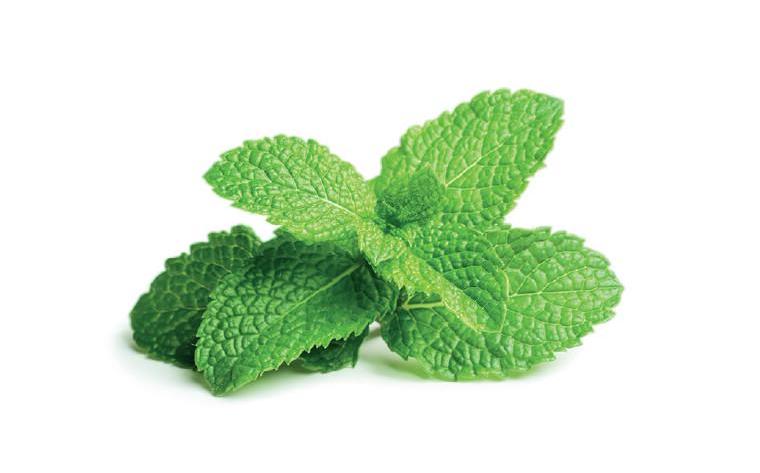 |
Cool, fresh mint | Known to be energizing, stimulating, and revitalizing |
| Rosemary |  |
Strong, fresh, and herbal | Known to cleanse, clarify, and invigorate while reducing the appearance of water retention |
| Tea Tree | 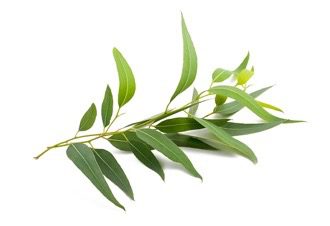 |
Sharp, camphor-like with a medium spice | Commonly used for burns and odor |
| White Camphor | 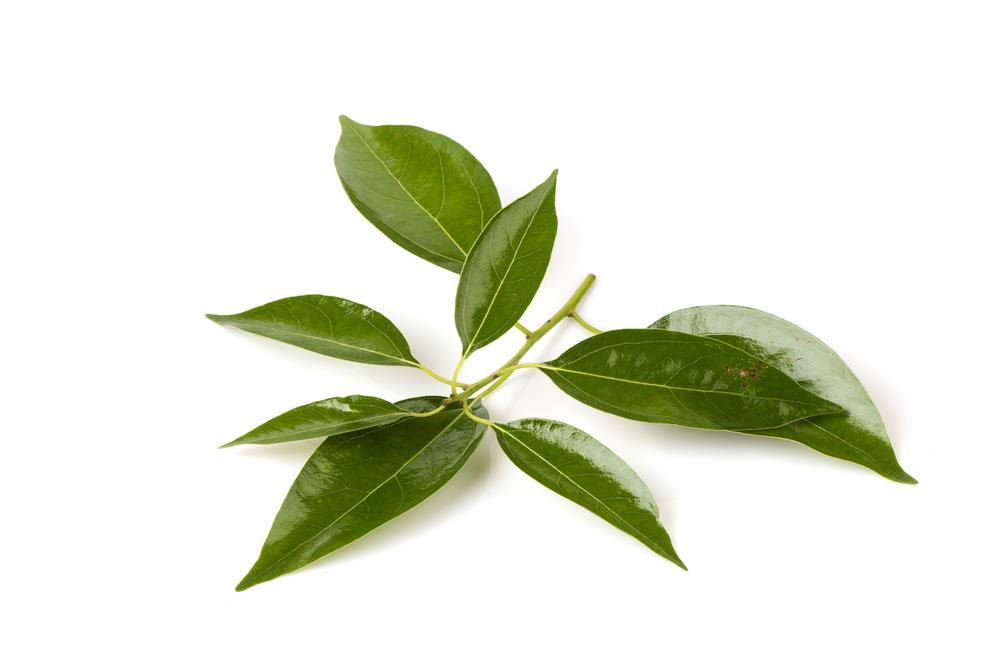 |
Sharp, camphor-like with a woody undertone | Commonly used for depression, known to improve mood |
| Ylang Ylang | 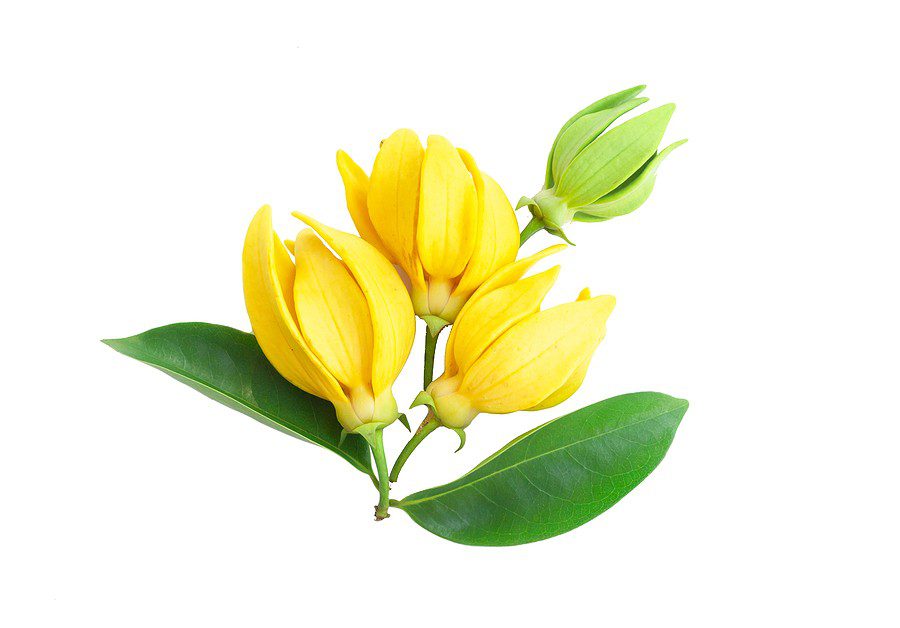 |
Sweet and intense, an exotic floral | Known to be sensual, relaxing, soothing, and hydrating while offering tension and stress relief |
Essential Oils for Your Skin Type
Essential oils have been a part of natural and holistic skincare for centuries. From the luxurious skin-softening properties of the rose (used famously by Cleopatra to maintain her beauty) to the wound-cleansing properties of myrrh that was used by ancient Roman soldiers going into battle, these potent oils harness a wide range of botanical therapeutics to address every skincare need. In this guide, we will dive into some of the most common skin types and ailments so you’ll know which essential oils will most benefit your skin.
Before using essential oils topically, it is important to note that essential oils require a high amount of plant material for processing, so they usually have a potent concentration of active ingredients. While inhaling certain essential oils has been shown to positively affect the central nervous system and stimulate the brain to release neurotransmitters like serotonin that help with mood regulation, they’ve also been shown to disrupt the normal function of hormones in young people. Many brands are now becoming more transparent with essential oils in their products due to controversies such as Hyram’s “No More Drunk Elephant” video where he called out the brand Drunk Elephant for using potentially dangerous essential oils in their products. The brand now lists essential oils in its “Suspicious Six” ingredient list.
Try smelling any essential oil before applying it to your skin; if the scent is very fragrant, it will most likely irritate your skin. Additionally, also do a patch test before using any new product or essential oil.

Source: American College of Healthcare Sciences
Normal Skin
If you have normal skin, you’re rare. Normal skin is usually characterized by a state of harmony, meaning the skin’s oils are perfectly balanced. This leads to a naturally radiant and healthy-looking complexion. Many of us have a combination skin type where our T-zone (the area covering the forehead and down the length of the nose) is the only region that is problematic, with the rest of the face leaning more towards a normal skin type. Essential oils that have balancing actions will work best for a combination skin type as they will help maintain the skin’s natural harmony and moisture levels in the oily section while keeping the already balanced skin in tip-top shape.
To maintain a normal skin type or aid with a combination skin type, try these essential oils:
- Ylang Ylang Essential Oil: Known to be harmonizing both internally and externally and helps to prevent dryness and excessive sebum production.
- Geranium Essential Oil: Helps regulate skin oils and possesses anti-inflammatory properties that can minimize potential issues such as acne and sensitivities.
- Neroli Essential Oil: Has natural cleansing and antioxidant qualities and helps balance surface oils.
Dry Skin
A lack of sebum can lead to reduced hydration and increased water loss from the skin’s surface. As sebum can act as an occluding layer on the skin, those with dry skin types often have compromised integrity of the skin barrier and tend to get irritated more often than those with oiler skin. Essential oils that are calming, soothing, and naturally moisturizing work best for this skin type.
If you have dry skin, try these essential oils:
- Frankincense Essential Oil: Rejuvenates dry and mature skin types and possesses natural skin-calming properties.
- Chamomile Essential Oil: Known to naturally soothe inflammation, irritation, and pain associated with skin dryness.
- Rose and Jasmine Sambac Absolutes: These concentrated floral oils are highly reputed in boosting skin hydration and dullness, while also being gentle on the skin.
Oily Skin
Oily skin is an issue that most commonly plagues the youth. It is characterized by producing too much sebum, which can result in an overly shiny or greasy-looking complexion. If you have oily skin, chances are that your pores are also enlarged and visible. This skin type can be transformed through the use of cleansing and clarifying essential oils, along with those that possess astringent actions.
If you have oily skin, try these essential oils:
- Tea Tree Essential Oil: Helps eliminate excess sebum and is known to have natural antimicrobial properties.
- Neroli Essential Oil: Reputed to have antifungal and antibacterial properties that make it useful in clarifying oily skin and preventing breakouts.
- Lemon and Bergamot Essential Oils: Known to improve the complexion of oily skin with its antibacterial and anti-inflammatory properties. Other citrus essential oils, such as sweet orange and grapefruit, are also good fits.
Acne
Acne is a chronic yet common skin disease that appears most often as visible marks on the face, although body acne can occur as well. This affliction usually starts in the adolescent years because of developing hormones, but it continues in some individuals well into adulthood. If you have acne, your skincare routine should involve non-comedogenic skincare and makeup products that don’t contribute to clogging. Essential oils can be a natural remedy if you have a milder case of acne. Essential oils with clarifying, anti-inflammatory, and antimicrobial properties tend to be the most useful.
If you have a mild case of acne, try these essential oils:
- Tea Tree Essential Oil: Capable of clearing up mild to moderate breakouts, which can be attributed to its broad-spectrum antimicrobial and anti-inflammatory properties.
- Oregano Essential Oil: Shown strong activity in suppressing bacteria that causes acne due to its synergy between the compound Thymol and its other constituents.
- Lemongrass Essential Oil: A great complexion booster for those with acne because it has natural astringent properties and can reduce the appearance of acne scars.
Mature Skin
Aging is a natural process that can lead to a range of skin manifestations including fine lines, wrinkles, dry skin, dullness, and reduced elasticity. Another common occurrence that’s preventable is premature aging, which is a phenomenon where the aging process is sped up. However, skin’s youthful radiance can be restored by focusing on essential oils that rejuvenate, protect, and possess antioxidative properties.
If you have mature skin, try these essential oils:
- Clary Sage Essential Oil: Believed to naturally relieve issues related to hormonal imbalances in women that can lead to skin abnormalities and is reputed to stimulate cell regeneration that can help prevent the appearance of fine lines and wrinkles.
- Palmarosa Essential Oil: Deeply moisturizes skin and helps reduce the appearance of fine lines and wrinkles.
- Jasmine Essential Oil: Soothes the skin and intensively boosts hydration.
Safety and Essential Oils
Just because something’s natural doesn’t mean it’s safe. Plants and herbal products contain many bioactive compounds that may harm your health, and essential oils are no different. However, when combined with a base oil for topical use, most essential oils are considered safe.
Nevertheless, essential oils may cause some side effects, including:
- Rashes
- Asthma Attacks
- Headaches
- Allergic Reactions
While the most common side effect of essential oils is a rash, they can also cause more serious reactions. The essential oils that have been most commonly associated with adverse reactions are lavender, peppermint, and tea tree.
Follow these tips to ensure you use essential oils safely:
- Read labels: Pay attention to any warnings on essential oil packaging.
- Areas to avoid: Don’t apply essential oils to the nose, inner ears, eyes, broken skin, or other sensitive areas.
- Dilution: To minimize skin sensitivity, dilute oils with a carrier oil. The suggested dilution rate is one drop of essential oil to at lieast five drops of carrier oil.

Source: Craft Mart
- Sun sensitivity: Some essential oils may pose a risk for sun sensitivity (particularly citrus oils). Avoid direct sunlight or UV rays for at least 12 hours after using citrus oils topically.
- Allergies: Be aware of allergies, and if you do have them, don’t apply essential oils.
- Diffusion: When diffusing essential oils, always diffuse in a well-ventilated area, use 30-minute intervals, take breaks between diffusion intervals, make sure pets have the option to leave the room, and follow dilution guidelines.
- Safe storage: Make sure to store essential oils out of reach of children. Keep oils out of excessive light or heat.
- Talk to a healthcare professional. If you have specific health concerns, consult with your doctor before using essential oils.
Humanist Beauty Herban Wisdom™ Facial Oil
Humanist Beauty Herban Wisdom™ Facial Oil is formulated with a precious blend of four essential oils. These essential oils were hand-selected for their specific multisensory benefits, and they are formulated in at levels that are safe for topical application day or night:
- Frankincense Oil: Possesses antioxidant, anti-inflammatory, antibacterial, anti-fungal, astringent, aromatherapeutic, and tonic properties. Has been used in skincare preparations to assist with wound healing and purification.
- Petitgrain Oil: Possesses antiseptic, deodorant, aromatherapeutic, anti-inflammatory, and tonic properties. Assists with moisture and oil balancing of the skin. An ideal oil for sensitive or reactive skin types.
- Blue Tansy Oil: Possesses aromatherapy, antioxidant, anti-inflammatory, astringent, anti-fungal, and antibacterial properties. Helps to calm, soothe, and cool the skin. Typically used to address sensitive or problem skin.
- Vetiver Root Oil: Possesses antioxidant, antiseptic, antimicrobial, aromatherapeutic, and tonic properties. Helps to moisturize and nourish dry, irritated, and dehydrated skin.
The Humanist Beauty Herban Wisdom™ Facial Oil can be applied to visibly repair, deeply nourish, and diminish signs of stress on your skin twice daily. As part of your holistic wellness regime, it can also be used on pulse points and other skin externalities to help aromatically calm and soothe your mind, body, and soul.
You can shop the Humanist Beauty Herban Wisdom™ Facial Oil here.
—
References:
https://www.worldhistory.org/Lascaux_Cave/ [1]
https://www.jadedragon.com/archives/tao_heal/aroma01.html [3]
https://artisanaromatics.com/steam-distillation-essential-oils/ [5]
https://pubmed.ncbi.nlm.nih.gov/22936057/ [6]


